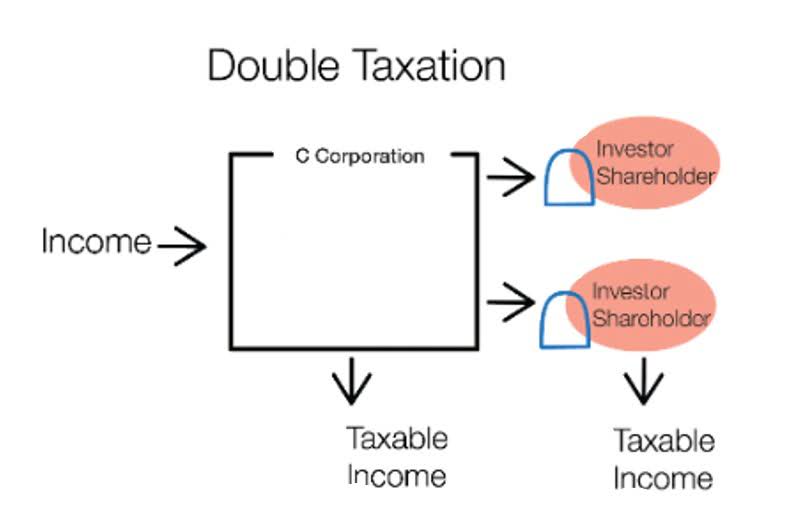Chart of accounts example: A sample chart of accounts with examples

A chart of accounts keeps your accounts organized based on how they appear on your balance sheet and income statement. It includes the asset accounts your company owns, the liabilities your company owes others, equity accounts, revenue accounts, and expense accounts. And looking at your balance sheet accounts can help you get a grasp of which assets your business owns that could easily be liquidated if you ever need to quickly collect cash for your business. Firstly, it helps businesses organize their financial transactions and track their financial performance. Secondly, it facilitates the preparation of financial statements, such as the balance sheet and income statement.
Lucidchart allows you to grant varying editing permissions to collaborators who can edit in real time. They can also use Lucidchart’s collaboration features, including the in-editor chat and co-authoring features, and leave comments on the board. The best bet is to start with a fairly standard chart, add accounts you know you want to track that are specific for your company, and then wait a couple of months and reevaluate. If there are expenses that aren’t getting categorized correctly, look at redefining or renaming accounts to make them clearer. The chart of accounts lists the accounts that are available for recording transactions.
How Charts of Accounts (COA) Work
With Lucidchart, you can present and print org charts built with Lucidchart, and team members will receive updates about changes in your organizational structure. Lucidchart also integrates with apps, including Microsoft Office and Google Workspace, and works with different file formats, including PNG and PDF. ClickUp also allows you to add emojis by team members’ names to showcase their personalities. Plus you can embed docs and links to resources to help viewers better understand specific elements on the org charts.
Instagram statistics you need to know for 2023 – Sprout Social
Instagram statistics you need to know for 2023.
Posted: Mon, 06 Mar 2023 08:00:00 GMT [source]
With NetSuite, you go live in a predictable timeframe — smart, stepped implementations begin with sales and span the entire customer lifecycle, so there’s continuity from sales to services to support. We provide third-party links as a convenience and for informational purposes only. Intuit does not endorse or approve these products and services, or the opinions of these corporations chart of accounts numbering or organizations or individuals. Intuit accepts no responsibility for the accuracy, legality, or content on these sites. Instead of lumping all your income into one account, consider what your various profitable activities may be and sort them by income type. When you can see which locations or events bring in the most cash flow, you can manage your business more wisely.
Explanation: What Is a Chart of Accounts?
At a glance, he had no idea which revenue streams were contributing to that bulk monthly number. Of course, your particular industry will also determine how you customize your COA. While account identifier categories for the tangible costs of wells and development make sense for an upstream oil and gas company’s COA, they’d obviously be irrelevant for a chain of bakeries. A small business will likely have fewer transactions and accounts than a larger one, meaning a three-digit system of identification codes might suffice. Let’s say you sell an asset – not including inventory – for greater than that asset’s book value.

Our intuitive and easy-to-understand modules simplify the process of small business accounting and operations. For instance, if you’re an artist, the revenue from the art you sell would go here. Larger companies will likely have several areas bringing in operating revenue and might want to track these revenues across divisions, departments, or product lines. Your long-term liabilities, which include debts like mortgages and bonds, are listed after your more current liabilities. It’s used to track all the money that comes and goes in one place while also helping you understand how your money is spent and where revenue is coming from. As a small business owner, it’s important to accurately track all the money that goes into and out of your accounts.
Income Statement
We said it before and we’ll say it again – a thorough, comprehensive approach to setting up your chart of accounts will prevent headaches and panic attacks down the road. A big part of that task is initially assembling your COA with an eye toward the future. As you might guess, however, real-world applications have twists and turns that go beyond a well-categorized numbering system. Therefore, it pays to be meticulous when either setting up, adjusting, or customizing your chart of accounts. At the risk of sounding repetitive, being thorough on the front-end will save you much heartache on the backend. Specifically, you want to use an identifier numbering system that provides plenty of real estate for you to add account categories down the road without having to reinvent the COA wheel.

All of those financial transactions generating operating revenue for your company fall into the P&L (income statement) category. Just remember, this only includes revenues stemming from the core functions of your business, not items falling outside of your main activities. An equity account is a representation of anything that remains after accounting for all operating expenses and revenue accounts. Functionly stands out for its ready-to-go templates created by org design experts.


